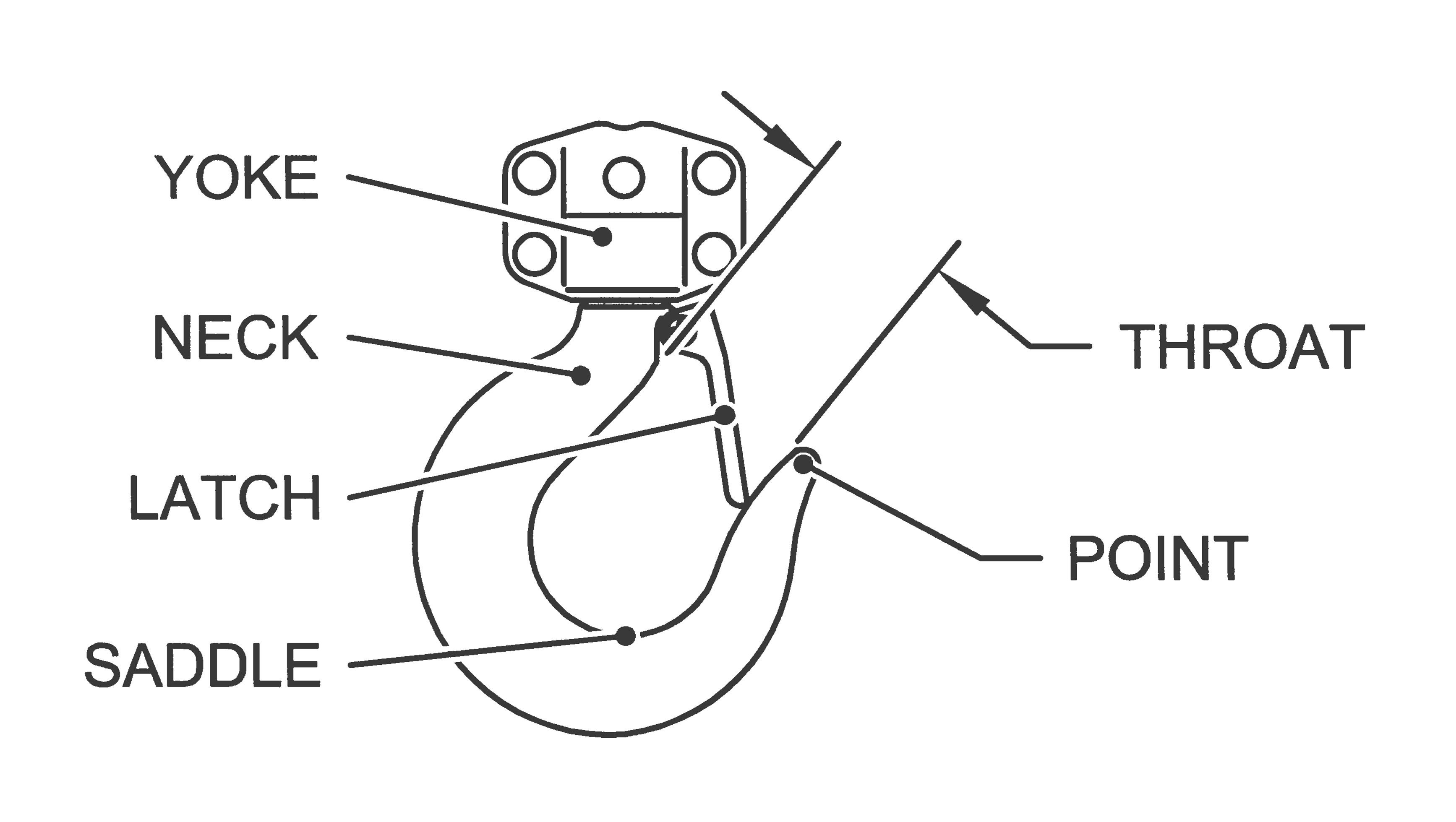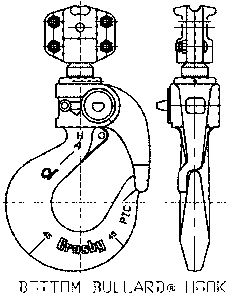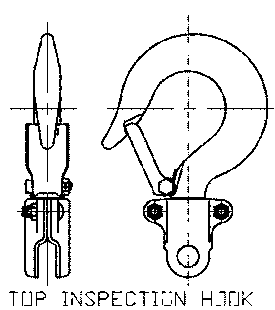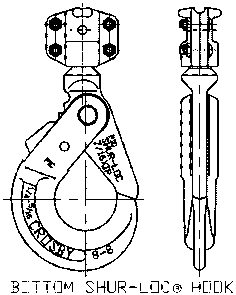Manual Product
Glossary
Use our Manual Hoist Product Glossary to enhance your understanding of the terminology associated with our manual hoist products.
Manual Product Glossary
- Atmosphere Explosibles (ATEX): A European Directive concerning equipment and protective systems intended for use in potentially explosive atmospheres. Hoists and Trolleys with ATEX ratings have spark-resistant features.
- Bumpers: A device for reducing horizontal impact when a moving crane or trolley reaches the end of its permitted travel, or when two moving cranes or trolleys come into contact. This device may be attached to the bridge, trolley, or runway stop. Also referred to as buffers.
- Capacity: The maximum rated load a hoist is designed to lift or pull (lever hoists). Also referred to as Working Load Limit (WLL) or Safe Working Load (SWL).
- Chain Container: Container that holds the ‘no-load’ side of the load chain. Can be made of canvas, plastic, or steel.
- Chain Fall Lines: The number of lines of chain between the hoist body and bottom hook. Also referred to as “reaves”, “falls”, or “parts”.
- Drop Stops: A means to prevent an end truck or trolley from disengaging the beam or rail in the event of an axle or wheel failure.
- Flange, Flat: A beam that has flat top and bottom flanges. Also referred to as “W” beams or “H” beams.

- Flange, Tapered: A beam that has tapered top and bottom flanges. Also referred to as “S” beams.

- Freewheel Mechanism: Patented spring-loaded mechanism that allows for one-handed operation, easy adjustment of the load chain, and safeguards against accidental freewheeling under load.
- Hand Chain: The chain that the operator pulls to lift or lower the load, or to move geared trolleys or end trucks.
- Hand Chain Drop: On drawings in this catalog, hand chain drop is dimension ‘d’ for hoists and ‘f’ for trolleys. Hand chain drop is a measure of how low the hand chain hangs. For a hoist, it is how low the hand chain hangs measured from the hoist’s top hook. For a hoist suspended from a trolley, it is how low the hand chain hangs measured from the bottom of the beam that the trolley rides on.
- Headroom: On drawings in this catalog, headroom is indicated by dimension ‘C’. It is measured when the hoist’s bottom hook is in its uppermost position. For a hook-mounted hoist, headroom is the distance between the saddle of the top and bottom hooks. For a hoist suspended from a trolley, headroom is the distance from the bottom of the beam to the saddle of the bottom hook.
- Hook Parts:

- Hooks, Bullard®: A hook with a positive locking, spring loaded gate.


- Hooks, Inspection: Inspection hooks are suitable for applications where inspection of the internal parts of the hook set is required. The inspection hook uses the standard Harrington hook set and is assembled with high-strength locking fasteners instead of rivets.


- Hooks, SHUR-LOC®: A hook with a positive locking latch that is self-locking when hook is loaded.


- Lift: The maximum vertical distance the bottom hook can travel.
- Load Chain: The hoist’s load bearing chain.
- Load Chain, Black Carborized: Load chain with a black carborized surface treatment.
- Load Chain, Grade 100: Load chain used only on manual chain hoists, where the grade number indicates the relative strength of the chain for its size (i.e. larger grade numbers indicate stronger chain).
- Load Chain, Nickel Plated: Load chain with an electroless nickel plating finish to enhance corrosion resistance.
- Load Limit Warning Handle: A lever handle that alerts the operator when the hoist is being used to lift damaging loads beyond rated capacity. The load limit warning handle signals the operator in three ways:
o Sight: The green signal changes to red.
o Feel: The load handle deflects 15 degrees.
o Sound: The handle emits a click when deflected.
- Minimum Radius for Curve: Defines the sharpest curve of a beam on which the trolley can traverse.
- Overhaul Ratio: The distance in feet that the hand chain must travel to lift or lower the load a distance of 1 foot.
- Pawl: A component of the Weston brake that prevents rotation, thereby holding the load.
- Point Loading: A condition where part of the load applied to the hook is supported by the hook’s point, or tip. Such applications require a hook designed for point loading.
- Pull to Lift Load: The force in pounds required by the operator to lift a rated capacity load.
- Slip Clutch: A load-limiting device which prevents the hoist from being used to lift damaging loads beyond rated capacity. Hoists with the slip clutch are clearly marked.
- Split Load Double Reduction Gears: A gear train in which the load is supported by two sets of gears, with each gear set incorporating two gear reductions.
- Standard, ASME B30.16: “Safety Standard – Overhead Hoists (Underhung).”
- Standard, ASME B30.17: “Safety Standard – Cranes and Monorails (With Underhung Trolley or Bridge).”
- Standard, ASME B30.21: “Safety Standard – Manually Lever Operated Hoists.”
- Suspender: A load bearing component designed to connect a hoist to a trolley. Also referred to as “lug”.
- Test Load: The load applied to the hoist to confirm proper operation in accordance with ASME B30.16 and ASME B30.21 test requirements.
- Top Hook Extenders: Extenders that locate the hoist body away from its attachment point. The top took extender is 18 inches long and is available for ¾ through 3 Ton LB lever hoists.
- Weston Brake: A mechanical brake that allows operation of the hoist to lift, lower, or move the load, and securely holds the load in between hoist operations.